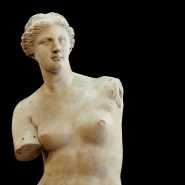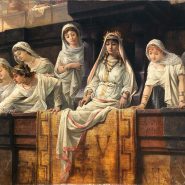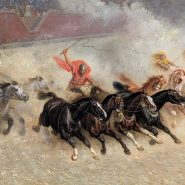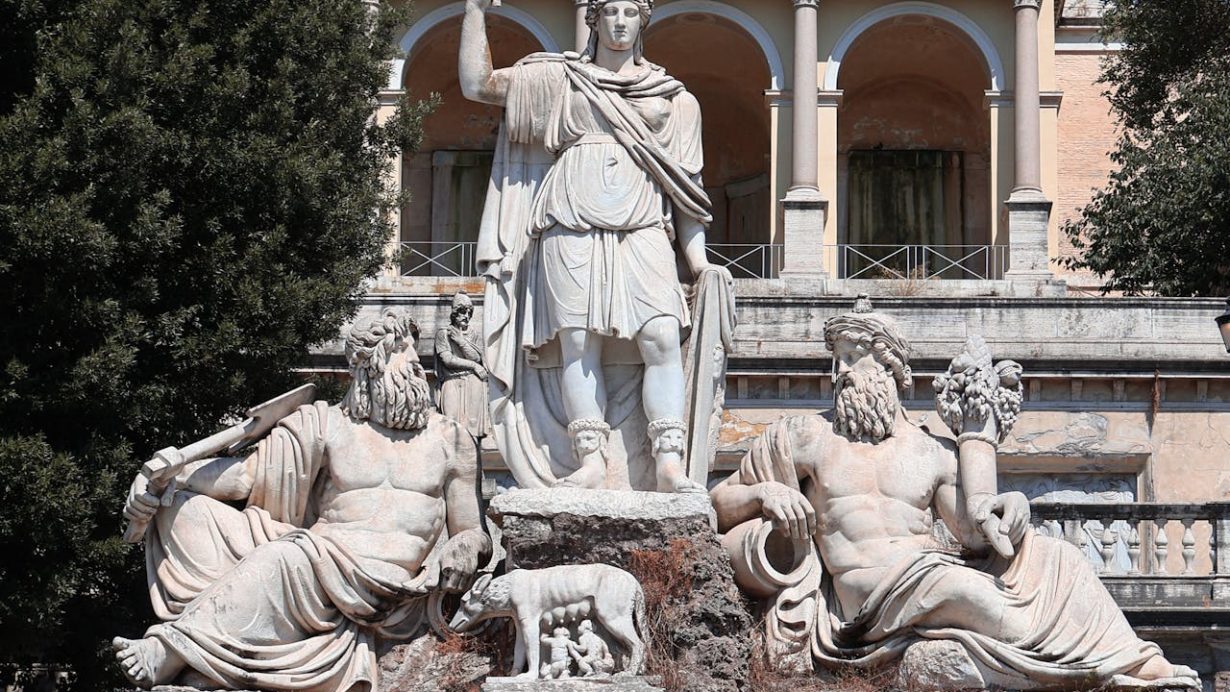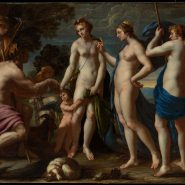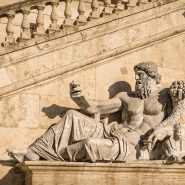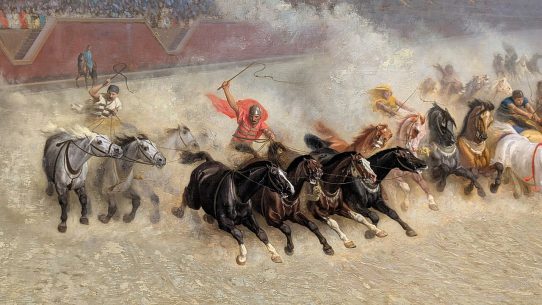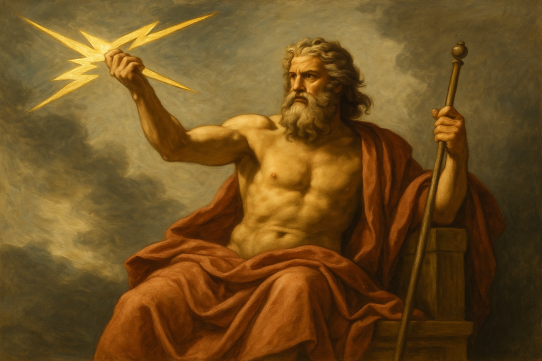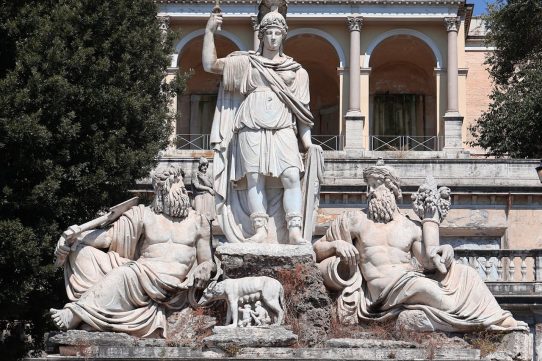Introduction
The myths of ancient Rome were never meant to remain confined to the past. They were designed to live, breathe, and shape the moral and artistic imagination of the empire—and, in time, of the entire Western world. From the marble temples of the Forum to the vaulted ceilings of the Renaissance, Roman mythology has inspired countless generations to reflect on virtue, destiny, and the divine nature of beauty. Its influence did not vanish with the empire’s fall; rather, it transformed, becoming one of civilization’s most enduring cultural foundations.
To understand Rome’s mythology is to trace the lineage of Western art and thought. The Romans inherited a world of gods and stories from the Greeks, yet they reshaped these tales to reflect their own ideals of discipline, order, and civic duty. What began as sacred legend evolved into artistic language—one that painters, poets, and architects would continue to speak long after the last Roman emperor had laid down his crown.
Myth as the Soul of the Empire
Roman mythology was inseparable from the identity of the state. The legend of Aeneas, told most famously by Virgil in The Aeneid, offered Rome a divine ancestry that linked its people to the gods of Olympus. Aeneas’s journey symbolized duty and sacrifice—the willingness to place the fate of one’s people above personal desire. This ideal of pietas, or dutiful devotion, became the moral backbone of Roman life.
The gods of Rome reflected the empire’s values. Jupiter, sovereign of heaven, embodied law and justice. Mars represented not chaos but disciplined courage. Minerva guarded knowledge and craft, while Vesta’s sacred flame represented the purity of home and state. Together they formed a pantheon that mirrored the order Rome sought to impose upon the world. Through rituals, festivals, and public art, mythology became a tool of both faith and governance.
Temples and Public Expression
Architecture served as the physical expression of myth. Temples were not mere places of worship but living symbols of divine authority. The Temple of Jupiter on the Capitoline Hill stood as both sanctuary and political statement. The Pantheon, rebuilt under Hadrian, crowned the empire’s architectural achievements. Its vast dome and central oculus captured the heavens themselves, uniting engineering mastery with spiritual awe.
Public art also celebrated mythic ideals. Reliefs on triumphal arches depicted divine sanction for imperial victories, while statues of gods stood beside those of emperors, linking mortal power with eternal order. Every column, fresco, and mosaic spoke a visual language that reminded citizens of their place within a divinely ordered world.
The Renaissance Revival
After centuries of obscurity, the Renaissance revived Rome’s myths as symbols of human potential. Scholars rediscovered classical manuscripts, and artists turned to ancient gods for inspiration. Botticelli’s Birth of Venus reimagined divine beauty as human ideal. Michelangelo infused Roman strength into his sculptures, merging divine perfection with mortal form. Writers such as Dante and Petrarch adopted mythological imagery to explore moral truth and spiritual redemption.
Humanist thinkers regarded the Roman gods not as idols but as allegories—personifications of virtues, vices, and natural forces. The rediscovery of these symbols reawakened Europe’s fascination with antiquity, reshaping education, politics, and art in ways that continue to define Western culture today.
Myth in Modern Culture
The legacy of Roman mythology persists far beyond museums and textbooks. Its symbols live in our language, architecture, and imagination. The months of the calendar bear names from Roman deities: January for Janus, March for Mars, June for Juno. Legal and political systems still echo Roman ideals of order and justice, while the architecture of capitols, courthouses, and universities carries the grandeur of ancient forms.
In literature and film, Roman mythology remains a wellspring of creative reinterpretation. From Shakespeare’s Julius Caesar to modern historical epics and fantasy series, its themes—power, fate, love, and loss—continue to resonate. The myths endure because they are not merely stories about gods; they are reflections of human aspiration and the eternal search for meaning.
Conclusion
Roman mythology shaped the way the Western world perceives art, authority, and the divine. It merged beauty with purpose, transforming worship into a cultural language that transcended time. To this day, the marble faces of Jupiter and Venus gaze down from gallery walls and public monuments, reminding us that myth is not just history—it is heritage. In the echoes of Rome’s stories, humanity continues to find its own reflection.
